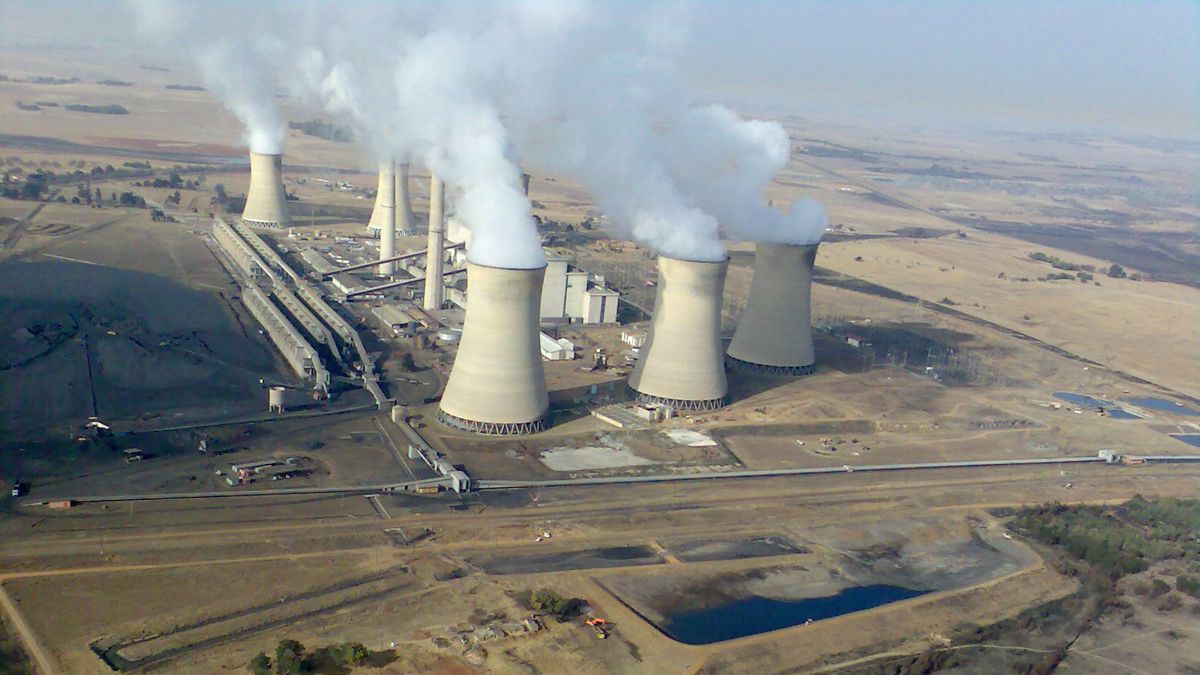The waxing gibbous Moon stands out in this Jan. 2, 2023, image from the International Space Station as it orbited 269 miles above the southern Indian Ocean.
Read MoreMonth: February 2023
New satellite to police carbon dioxide emitters from space
The first-ever satellite designed to detect emitters of the main greenhouse gas carbon dioxide is set to launch to space this year, promising to provide authorities with a tool to police compliance with emission reduction efforts designed to slow down climate change. The satellite, built by Canada-based company GHGSat, will be able to spot major carbon dioxide sources such as individual coal-fired power plants and cement production sites. GHGSat, founded in 2011, currently operates a fleet of six satellites that excel at detecting the more potent but less abundant greenhouse…
Read MoreSaturn’s moon Mimas may be a ‘stealth’ ocean world
The icy Saturn moon Mimas may be a “stealth” ocean world, according to new research. Mimas, the smallest and innermost of Saturn‘s major moons, is believed to generate the right amount of heat to support a subsurface ocean of liquid water. And recent simulations of the moon’s Herschel impact basin — the most striking feature on its heavily cratered surface — along with the lack of tectonics on Mimas, support the existence of a geologically young internal ocean surrounded by a thinning ice shell, according to a statement (opens in…
Read MoreSave $127 on the Celestron NexStar 5SE computerized telescope
If you’re looking for a telescope that offers an easy-to-use and fun stargazing experience with clear views, then a $127 saving on the Celestron NexStar 5SE could be just what you’re looking for. The $127 discount (opens in new tab) is a big saving and means that this telescope is now at a lower price than it has been recently. Being a fully computerized telescope, it’s ideal for those who want to jump straight into astronomy and see some amazing night sky targets. Thanks to the fully automated go-to mount,…
Read MoreJoe Acabá, de la NASA, será el astronauta jefe de la agencia
La NASA ha nombrado al astronauta veterano Joe Acabá jefe de la Oficina de Astronautas del Centro Espacial Johnson de la agencia. Veterano condecorado de múltiples vuelos espaciales, así como ex marine estadounidense y exeducador, Acabá es la primera persona de ascendencia hispana seleccionada para dirigir la oficina.
Read MoreNASA’s Joe Acaba to Serve as Agency’s Chief Astronaut
NASA has appointed veteran astronaut Joe Acaba as chief of the Astronaut Office at the agency’s Johnson Space Center in Houston. A decorated veteran of multiple spaceflights, as well a former U.S. Marine and former educator, Acaba is the first person of Hispanic heritage selected to lead the office.
Read MoreWatch SpaceX launch 53 Starlink internet satellites early Thursday
SpaceX will launch 53 of its Starlink internet satellites to orbit early Thursday morning (Feb. 2), and you can watch the action live. A Falcon 9 rocket topped with 53 Starlink craft is scheduled to lift off from NASA’s Kennedy Space Center in Florida on Thursday at 2:43 a.m. EST (0743 GMT). Watch it live here at Space.com, courtesy of SpaceX, or directly via the company (opens in new tab). Coverage is expected to begin about five minutes before launch. Related: 10 weird things about SpaceX’s Starlink internet satellites If…
Read MoreKapow! Inflatable space station module blows to pieces in video explosion
Sierra Space aimed to blow a space module apart on video, and delivered on that promise in spades. The company completed its third module test on the journey to certify its module design for eventual spaceflight and to help develop a private space complex to replace the International Space Station (ISS). The accelerated systematic creep test, as the company termed the December trial, exceeded NASA’s certification requirements. “These results will propel us in 2023 as we mature the technology via full-scale development and continue toward full NASA certification,” Sierra Space…
Read MoreRolls-Royce unveils early-stage design for space nuclear reactor
A new image shows a possible version of future space propulsion. Nuclear fission systems, which harness the energy released in the splitting of atoms, could be used to power astronaut bases on the moon or Mars. Or they could help shorten the travel time to the Red Planet, which takes six to nine months to reach with current-generation propulsion systems. Rolls-Royce could be a part of that ambitious spaceflight future. The venerable company released an early-stage design of a micro-nuclear reactor on Friday (Jan. 27), in the wake of a…
Read More



